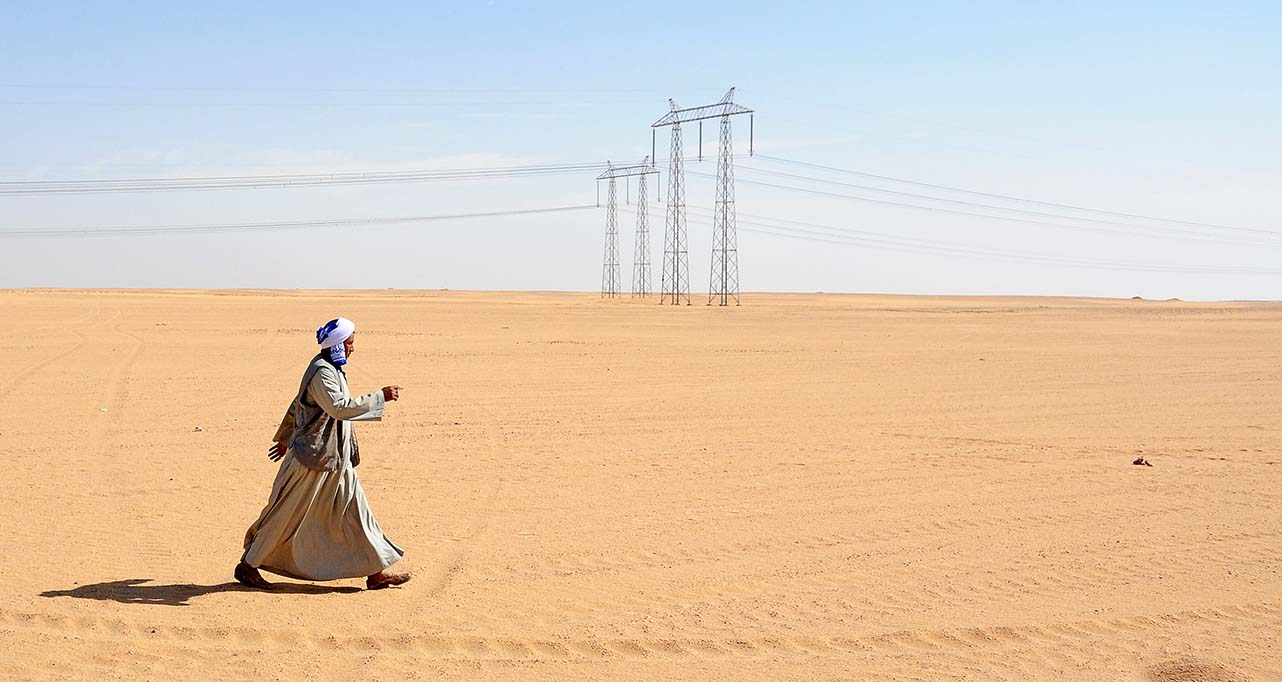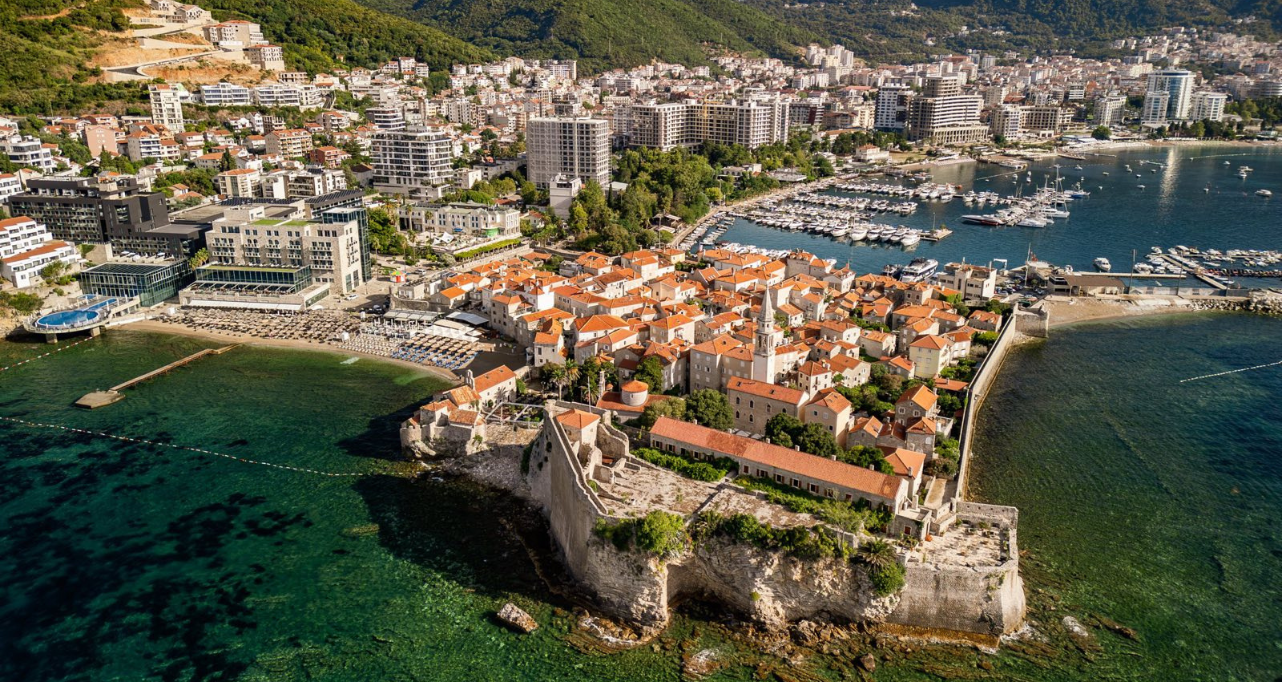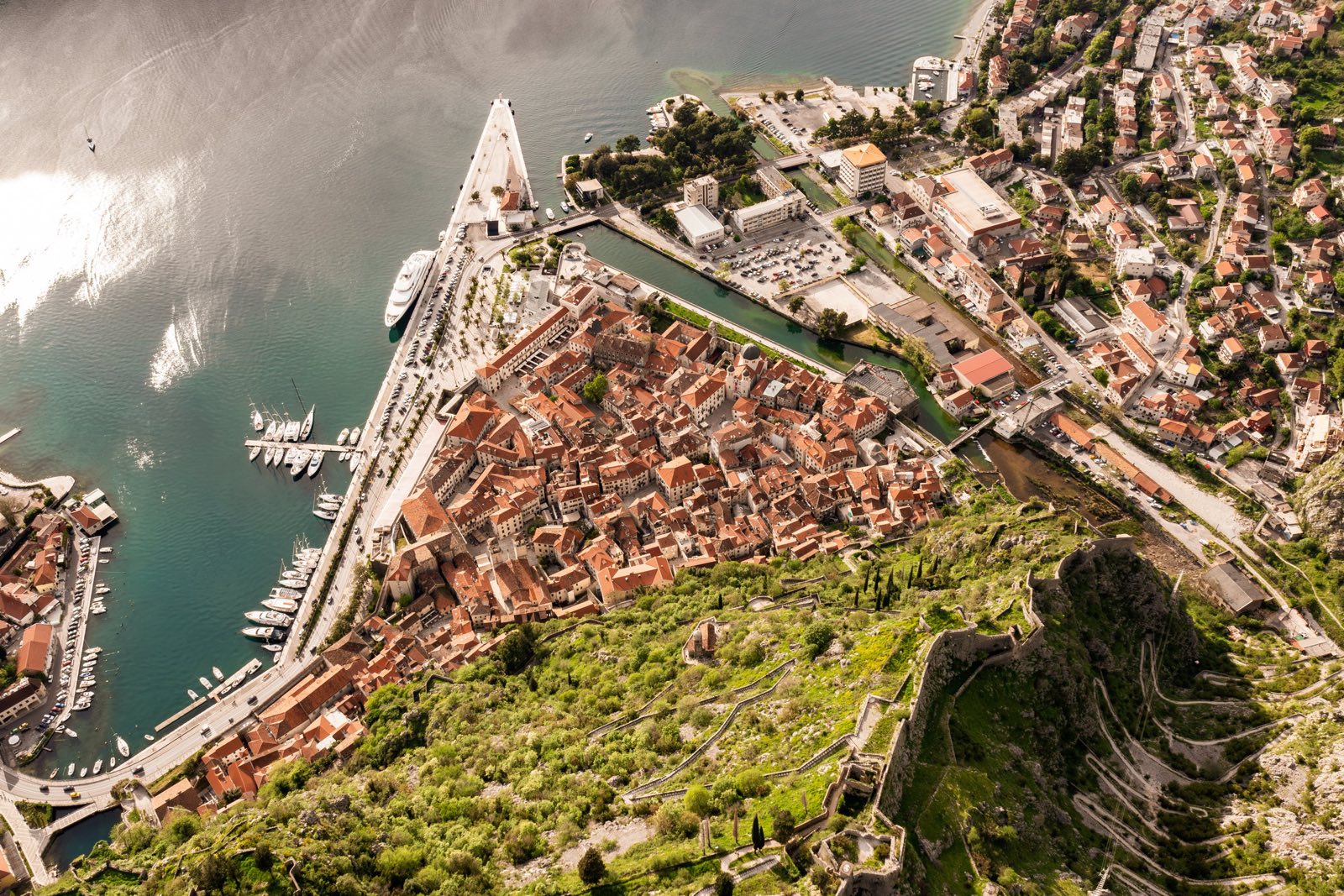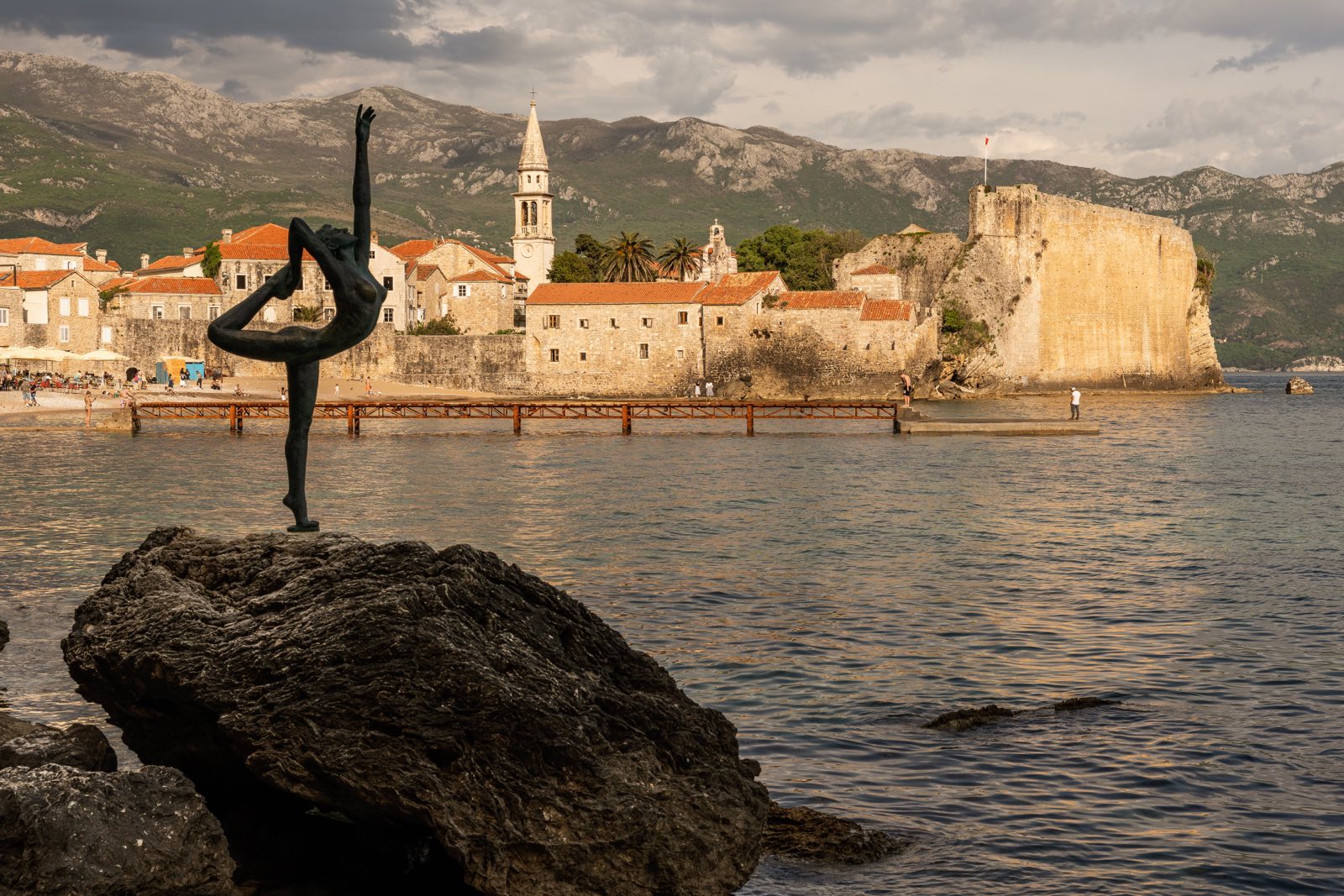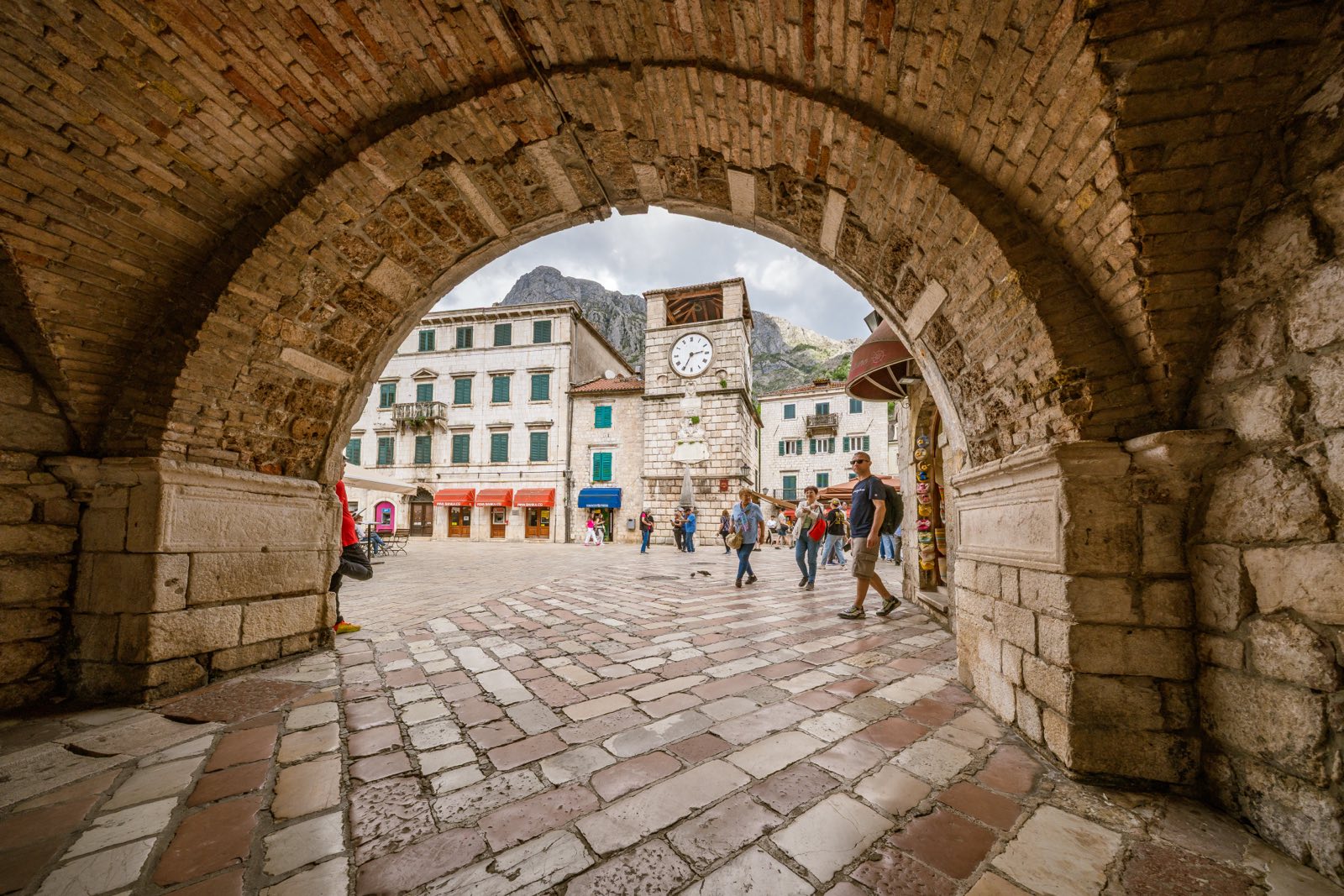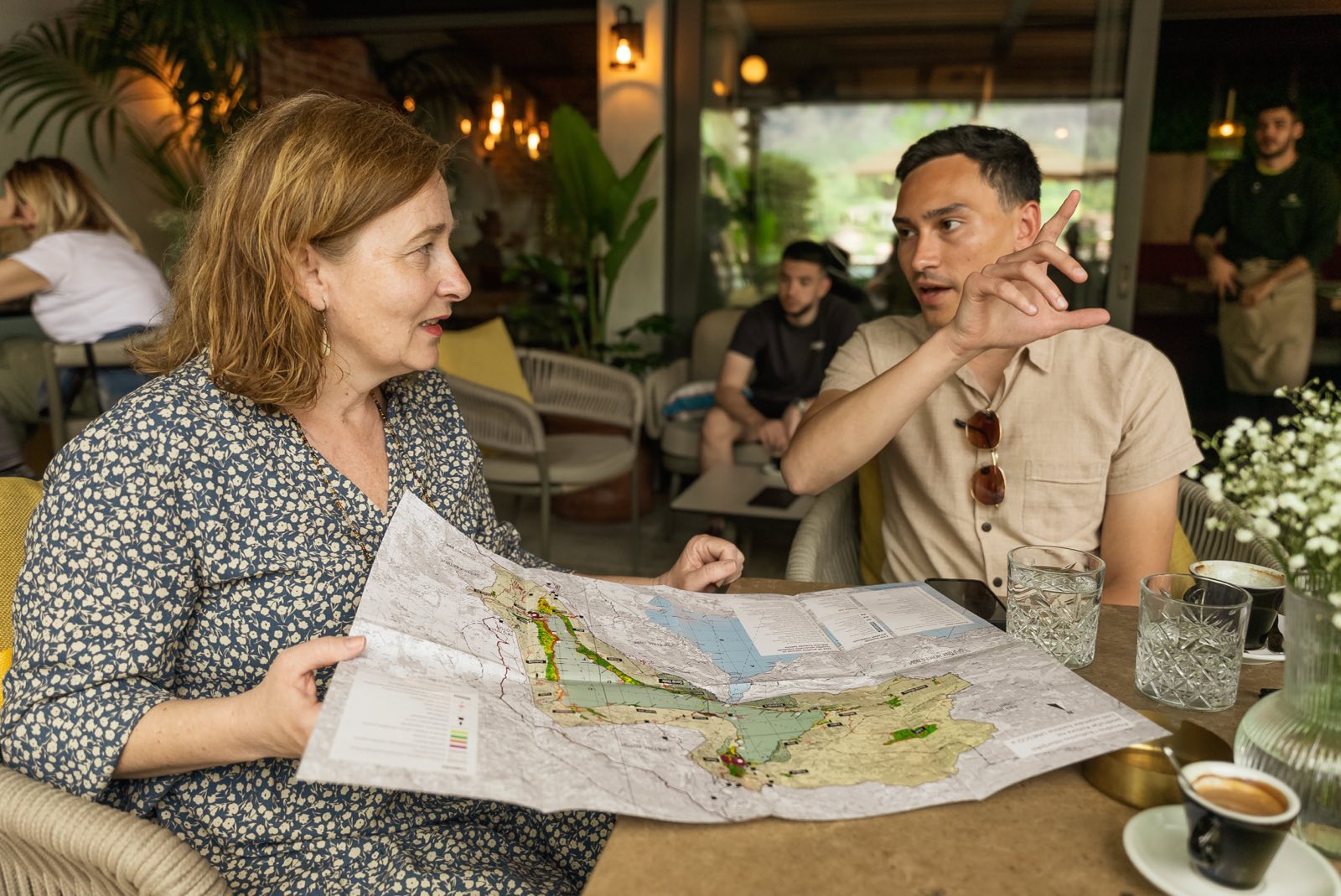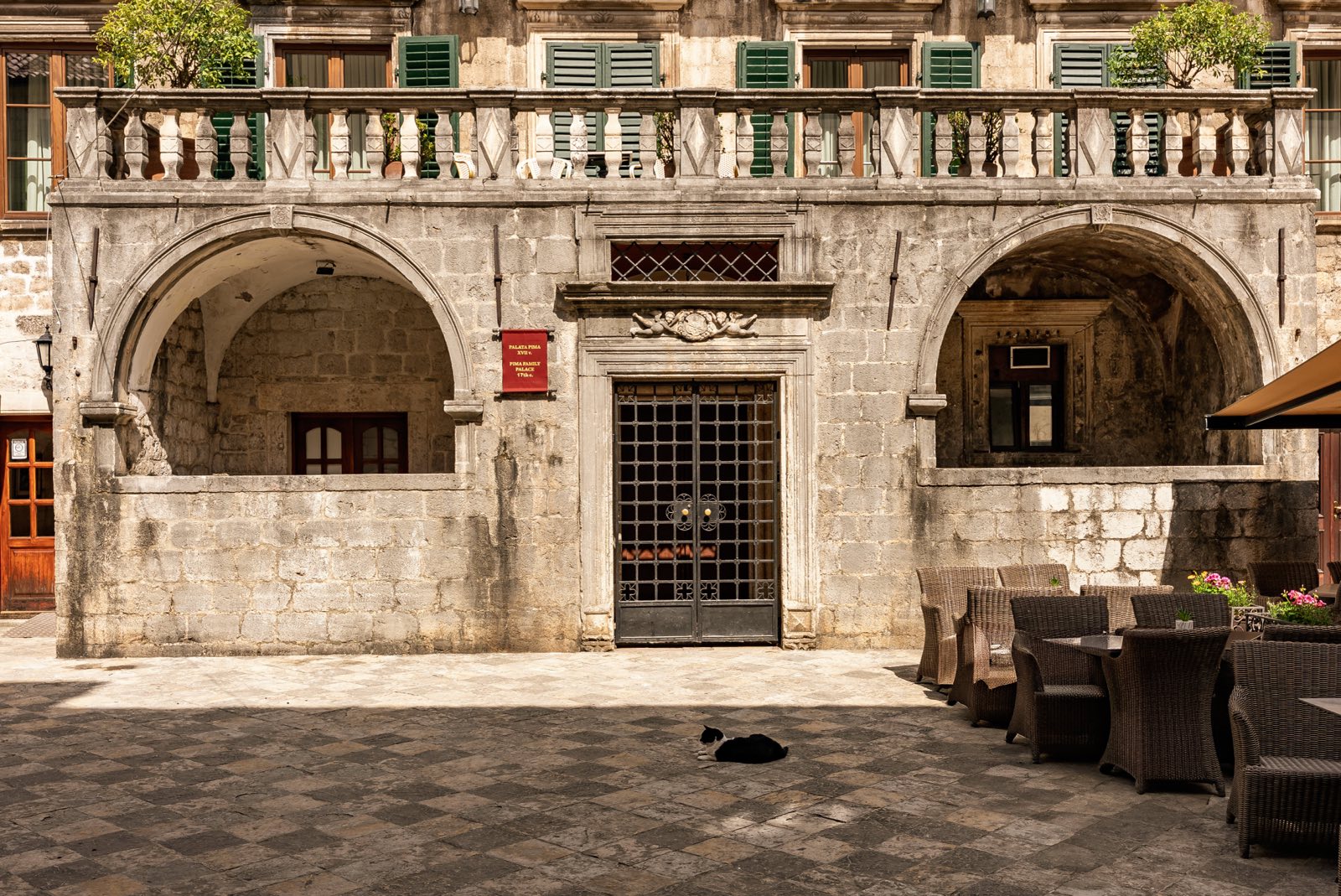Montenegro's Adriatic coast is renowned for its stunning beaches and historic towns. The country, which is nestled between larger Balkan neighbours, sees flocks of tourists arrive each year by sea and air. During peak season, as many as five cruise ships can be seen docked at once in the Bay of Kotor – a tourist hotspot – testifying to the region’s popularity with visitors.
While the economy is dependent on a strong tourism sector, surging demand is underlining the need to strengthen infrastructure and diversify away from a seasonal model of “sun, sand and sea” tourism.
The EBRD has been working with donors such as the European Union and Austria to develop transport infrastructure in Montenegro and improve the region’s water supply network – a crucial step towards enhancing connectivity and unlocking economic potential in sectors such as tourism.
But the Bank’s work in the country extends far beyond infrastructure. With support from Sweden, the EBRD has been providing finance and advice to women-led small and medium-sized enterprises (SMEs) that are working to protect and strengthen the region’s cultural heritage in the interests of a diverse and resilient tourism sector.
